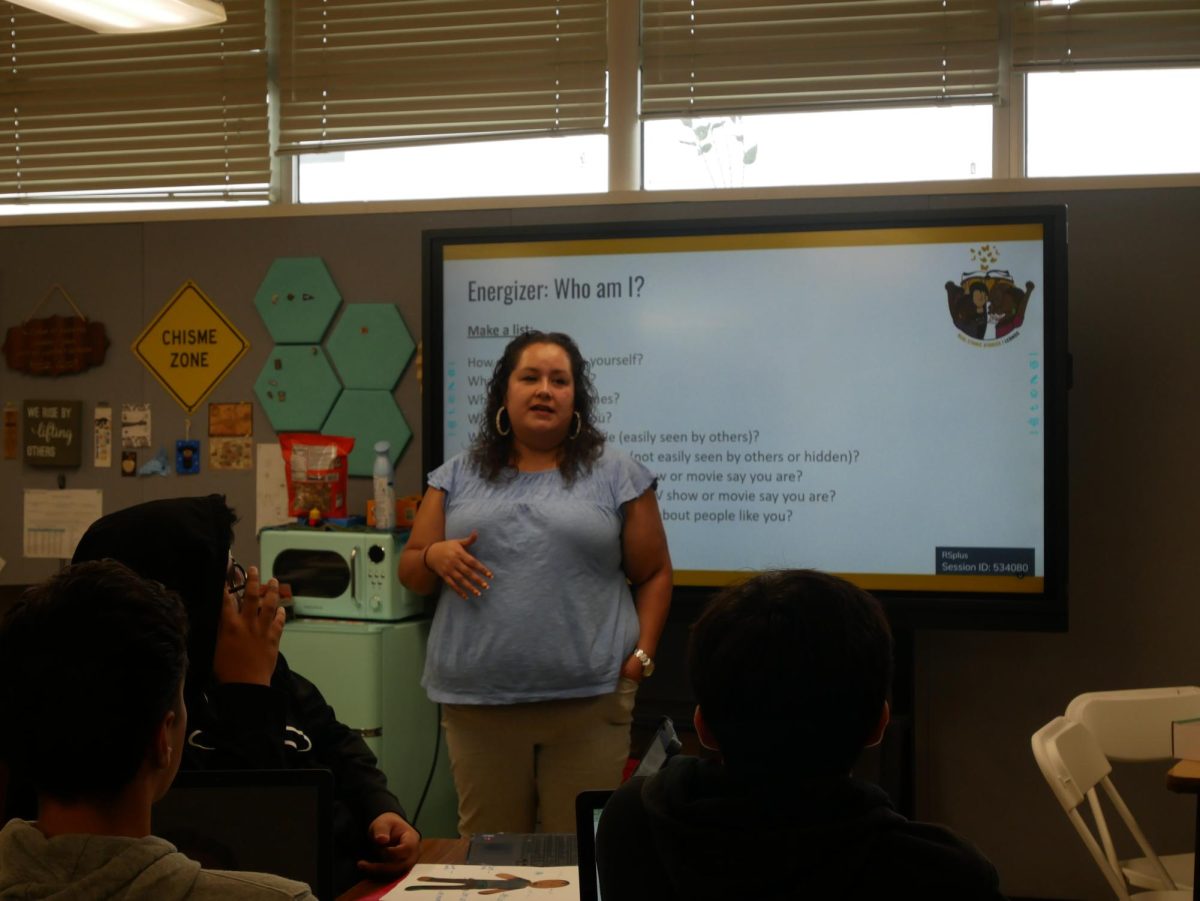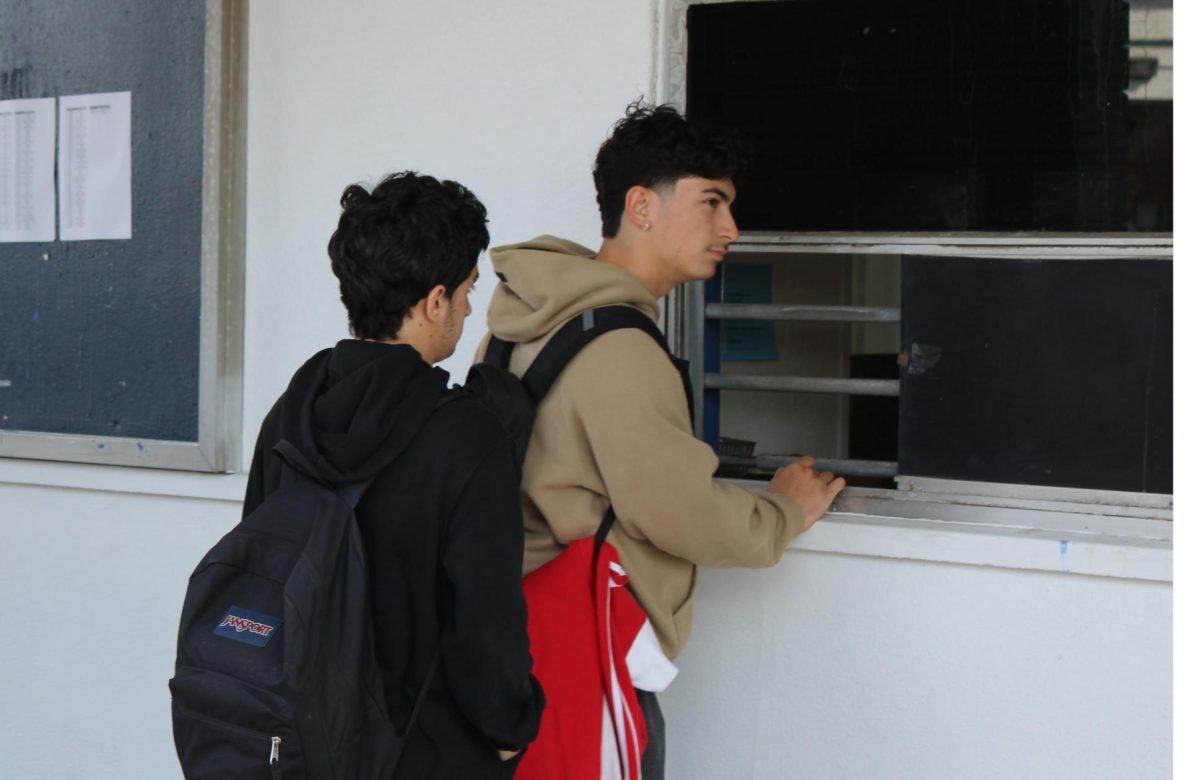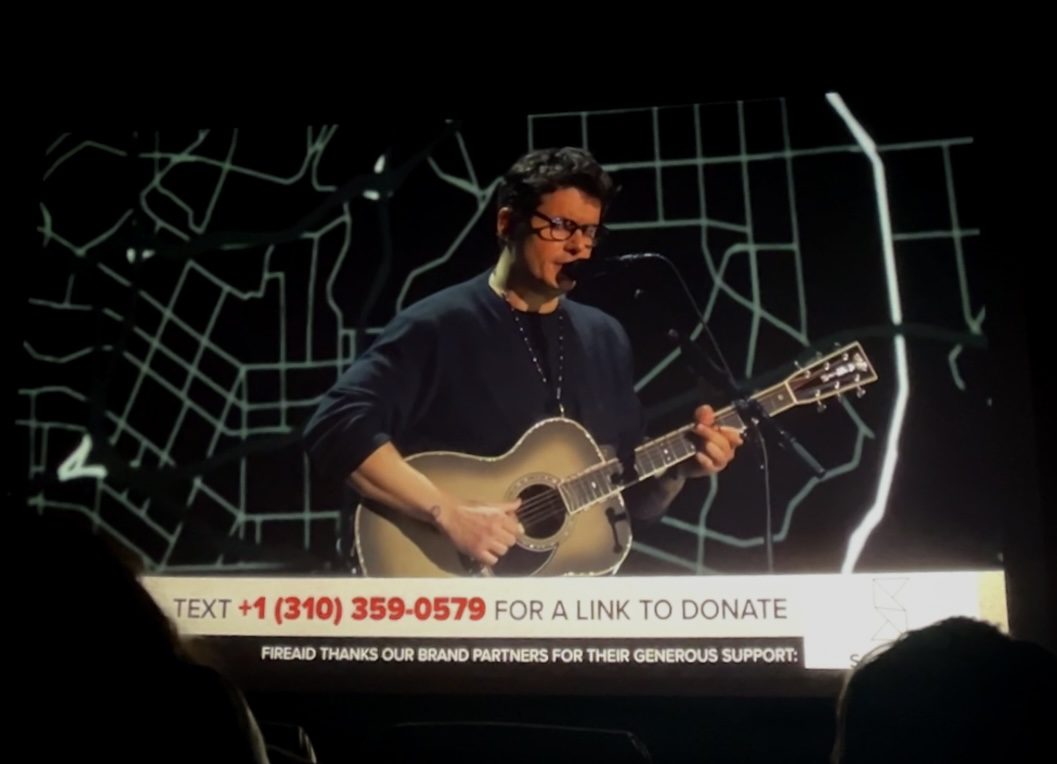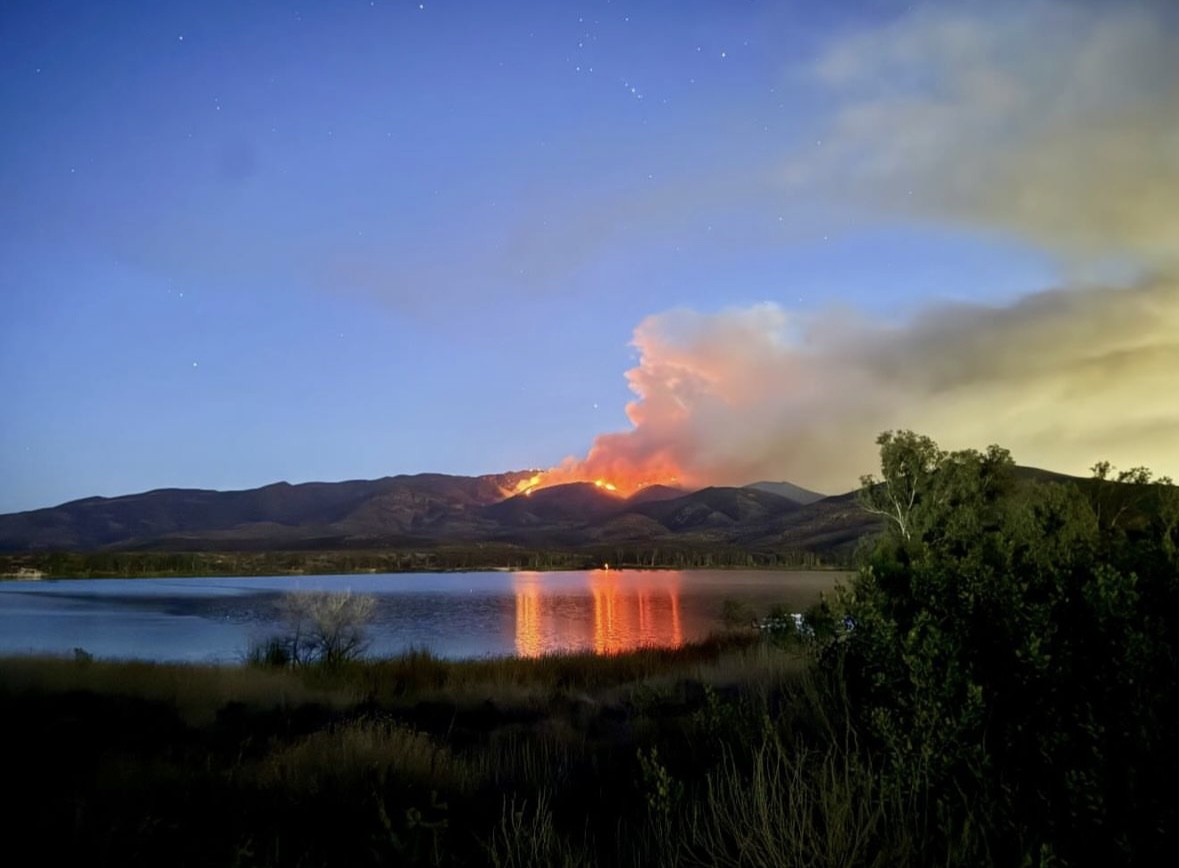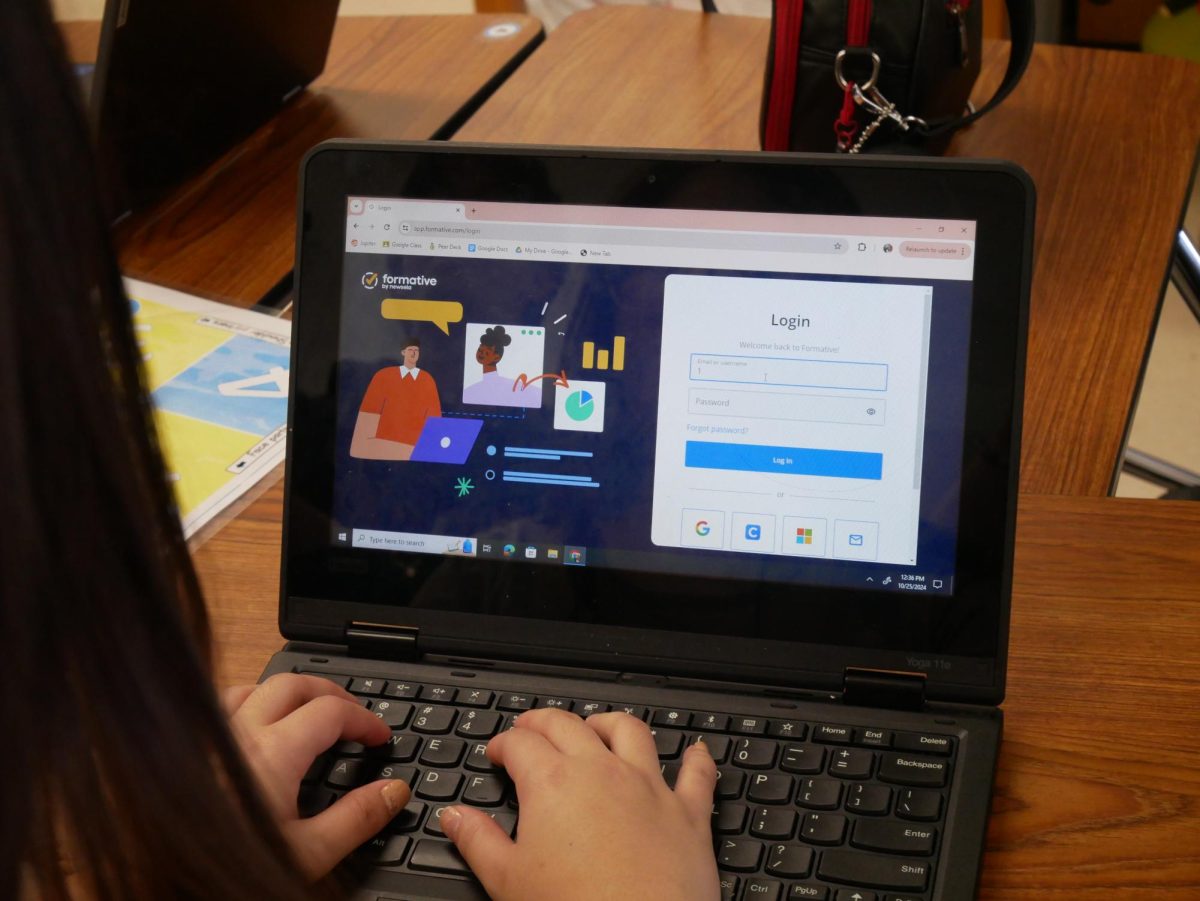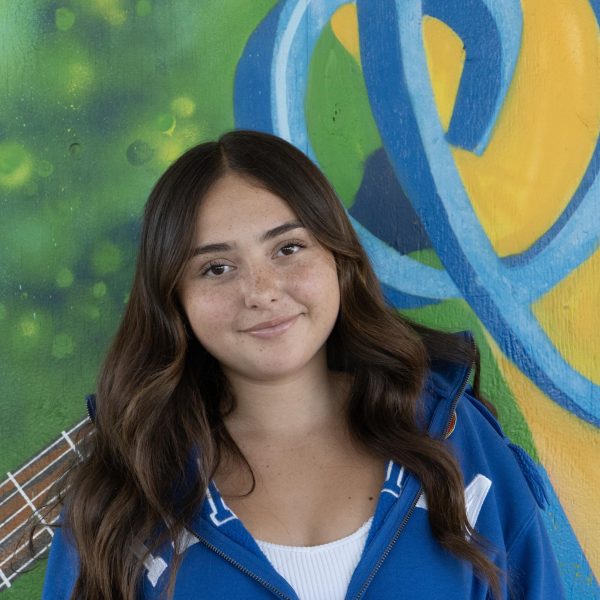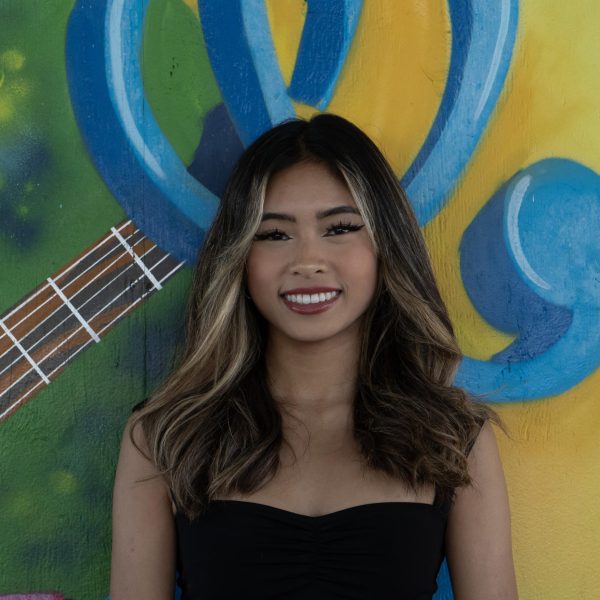At the start of the 2025-2026 school year, a new class will be implemented at BVH as a credit requirement to graduate. This new credit will be implemented as a class known as Ethnic Studies, which will be mandatory for the class of 2029. Hilltop High School (HHS) Ethnic Study teacher, Clara Sigala explains what this class will consist of.
“[Ethnic Studies is] a way to provide a [whole] picture of U.S history and the contributions of different groups. This allows students to feel like they are not only a part of history, but the progress and development of our country,” Sigala said.
The point of this class is to teach students history but also to make sure students feel connected to the country they live in. In order to achieve this, each student has to be able to understand history and this class serves as a way to make that possible. Ethnic Studies has been in the process of being implemented in every school for the last four years. At HHS, this has been the second year of implementing this class. HHS freshman, Paloma Yuritza Lugo Medina takes the class and describes why she believes people should take it as well.
“I think that people should take at least one year of Ethnic Studies because it’s a very fun and interesting class. It also helps you build a better identity for yourself. In addition to that, students who take this class will come out of the class with 21st century thinking,” Medina said.
As a freshman who is getting used to the transition from middle school into highschool, Medina has shown a positive mindset regarding the class and how she believes each highschool student should take it. A positive effect of the class is that it has helped her understand different perspectives of historical events. Medina goes onto a further explanation on why she enjoys the class.
“I get to learn about different types of social groups. It helps you
embrace and be proud of where you came from. What you learn in this class is about different types of ethnic groups and historical events. It helps you understand your identity, your culture, traditions, religion and your class,” Medina said.
Not only has this class helped Medina understand events from the past, but it has also helped her gain a better understanding of herself. She now feels that she has a connection with her background and better understands where she comes from. BVH Principal Lee Romero shares his opinion on the regulations and recommendations of the class..
“This class is where students really get to understand why people protest and why people are having issues with race, religion and politics. I understand that it can be a really great class to have in your later years, but I also see the value of having that experience in a freshman class. It allows students to talk about a moral compass and doing the right thing,” Romero said.
Romero believes that there are positive benefits to each grade level taking the class. As a student grows older, they gain more knowledge and experience, which can directly affect how they see things that they are taught.
“I personally would prefer upperclassmen to take it. They’re able to engage in some of these topics, since some topics are difficult for younger people to fully understand as they haven’t been through certain things. Ideally, I would prefer juniors or seniors to take it,” Sigala said.
Sigala has a slight difference in opinion from Romero because she believes upperclassmen will be able to benefit a little bit more than underclassmen. Since each topic is seen as a serious one, upperclassmen might be able to relate with it more. Although this class fosters a positive learning environment there seems to be ambiguity in what the topic discusses..
“The only thing parents [might be uncomfortable] with is the curriculum because they are not familiar with it. They may think students are being misinformed on certain topics, but in this class we discuss marginalized groups and their contribution to American society,” Sigala said.
Sigala encourages parents to be involved with the curriculum and be involved in developing the course. Due to the relatively new nature of this class in schools within SUHSD, there is not much information nor results of what this class offers. Therefore, parents don’t have all the information they need, which can cause a miscommunication on what teachers are trying to teach in the class. Despite the challenges appearing with the addition of the class, Sigala further explains more positive aspects that come along with it.
“I think it gives students a sense of self worth and pride in who they are and where they come from. One of the units we talk about is identity and how to promote and create a positive identity with oneself. I think it benefits students’ own self worth, the community and their own ability to be better academically,” Sigala said.
Just as Medina said, Sigala also notices that students will receive a better connection with themselves as they will have improved personal traits of theirs. Considering she teaches the class, Sigala is able to see the shift in students’ mindsets. An example is in the way they feel motivated to do their work because they can reflect back on the class and see the benefits it will bring them.
“There’s been studies that show that these types of courses actually help students who are disengaged or disconnected from school to kind of find a meaning and a purpose. They actually begin to do better in school because they’re starting to realize that it’s beneficial for them,” Sigala said.

